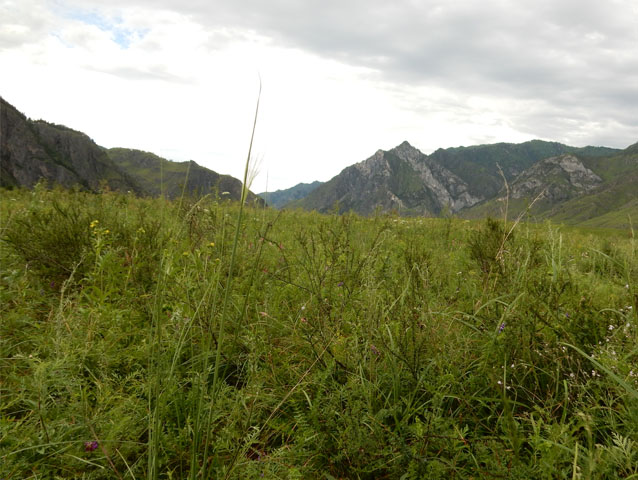
Climate signal of soil phytolith assemblages from the Altay Mountains, Russia
- Post by: Doris Barboni
- May 6, 2019
- Comments off
Reconstruction of past ecosystems requires understanding of modern deposition patterns and taphonomy for the proxies utilized. This study tested a few specific hypotheses of modern phytolith distributions under communities of the temperate mountain belt of Eurasia. Our study area is in the Northern Altay of Russia, which is a culturally and archaeologically important region. We collected 60 phytolith assemblages from modern soils at 300 to 2,300 m a.s.l. elevations, sampled from 20 plots in triple replicates within 13 different plant communities. Standard oxidation and heavy liquid flotation methods of extraction were used. Morphotypes were counted under 400–1,000x magnification on an optical microscope. We used a two-tier approach to phytolith morphotypes classification: a detailed one with over 40 morphotypes included and a condensed one with only sums of selected morphotypes. The former approach can produce some interesting results, such as using various types of rondels (e.g., pyramidal vs. keeled) or large vs. small lanceolate (trichomes). Using sums may be more widely applicable, however, because these results can be easier replicated by others. Our results, using discriminant analysis, canonical correspondence analysis and other multivariate statistical methods, confirm earlier studies, both in the region and elsewhere that despite redundancy in phytolith distributions in soils, there are some selected morphotypes that can reliably distinguish communities at various positions along elevational, moisture, and temperature gradients. We developed a regionally diagnostic key that allows researchers to quickly identify various plant communities based on their phytolith assemblages in soils. Seven of 13 regionally important communities at medium elevations in the Altay Mountains can be distinguished by using aggregated and more detailed phytolith morphotypes.

